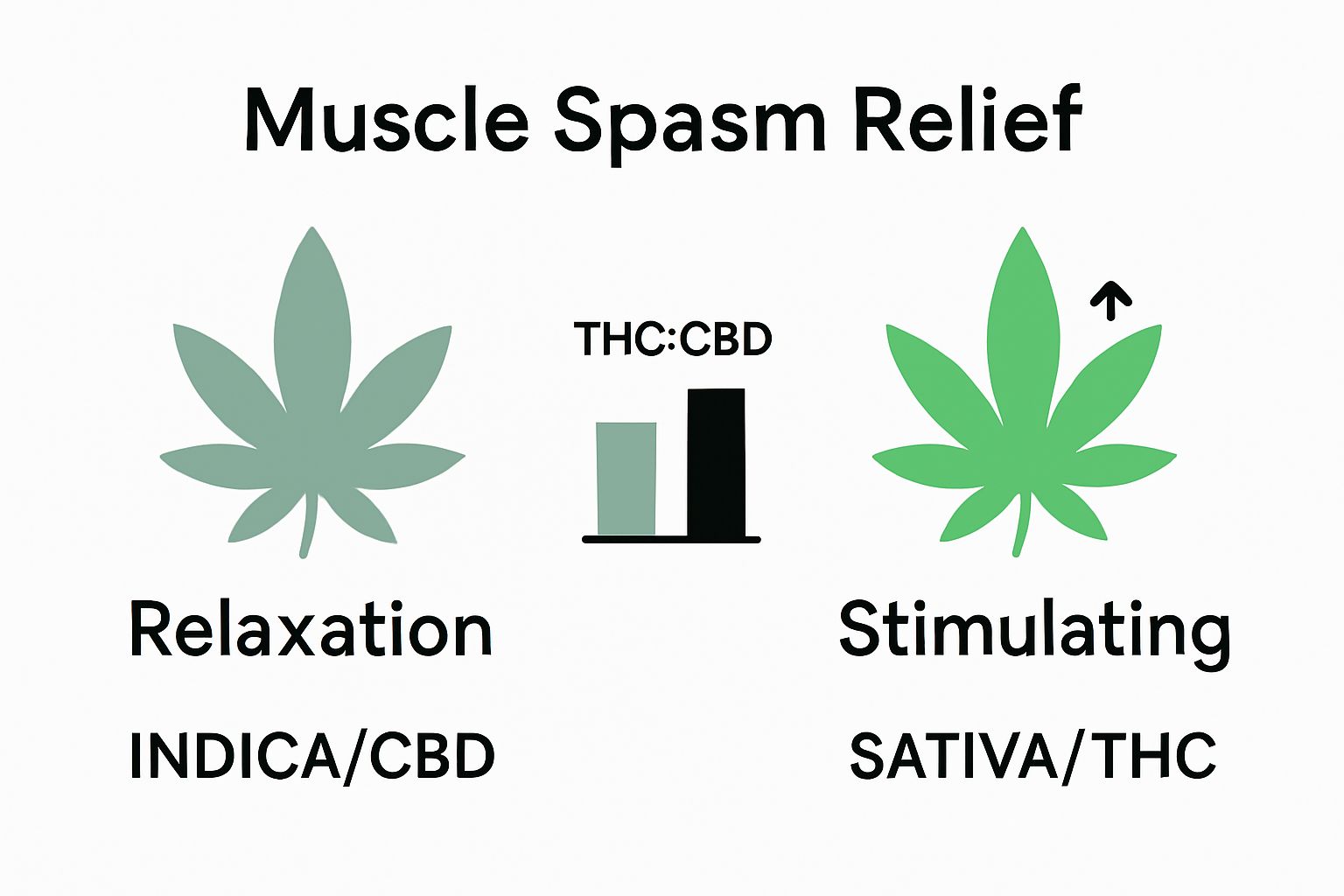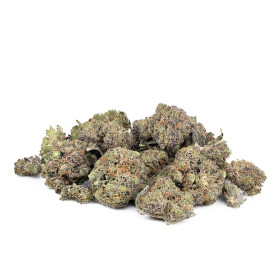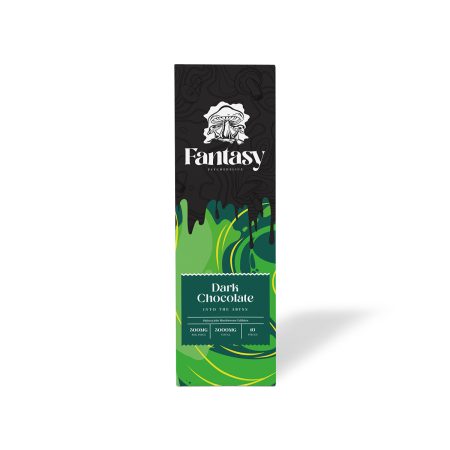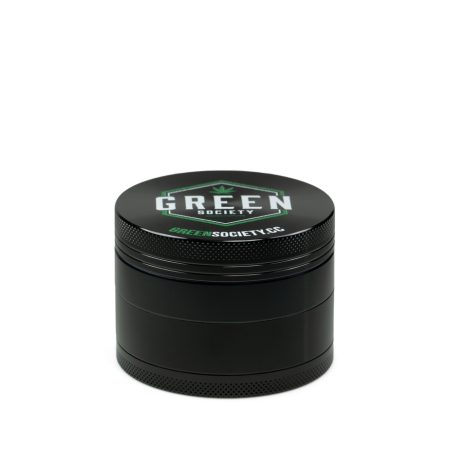Marijuana
Understanding Cannabis for Muscle Spasms Relief
Muscle spasms can strike without warning, leaving you clutching at cramped muscles and wishing for relief. Surprising as it seems, over 60 percent of adults experience muscle cramps at some point in their lives. Most people assume these spasms are just a normal nuisance, but new insights suggest cannabis could offer a promising approach where traditional remedies often fail.
Table of Contents
- What Are Muscle Spasms And Their Causes?
- How Cannabis Interacts With The Body’s Endocannabinoid System
- Benefits Of Cannabis For Muscle Spasms Relief
- Understanding Different Cannabis Strains For Muscle Spasms
- Considerations And Risks Of Using Cannabis For Muscle Spasms
Quick Summary
| Takeaway | Explanation |
|---|---|
| Muscle spasms are involuntary contractions. | These contractions can cause pain and limit muscle control in various body areas. |
| Hydration and electrolytes prevent spasms. | Dehydration and imbalances can trigger muscle contractions, so maintaining hydration is crucial. |
| Cannabis may help relieve muscle spasms. | Compounds like THC and CBD interact with receptors to reduce involuntary contractions and associated pain. |
| Strain selection is key for effectiveness. | Choosing appropriate strains based on cannabinoid profiles can enhance relief from muscle spasms. |
| Consult healthcare professionals before use. | Individual health varies; professional guidance ensures safe use of cannabis for muscle spasm relief. |
What are Muscle Spasms and Their Causes?
Muscle spasms represent sudden, involuntary muscle contractions that can cause significant discomfort and disruption to daily activities. These unexpected muscular movements can occur in various parts of the body, ranging from small muscle groups to larger muscle regions, often creating sharp, intense sensations that momentarily immobilize the affected area.
Understanding Muscle Spasm Mechanics
At their core, muscle spasms occur when muscles unexpectedly contract and fail to relax properly. This involuntary contraction can stem from multiple physiological triggers, including neurological signals, electrolyte imbalances, or underlying health conditions. According to the National Institute of Neurological Disorders and Stroke, these sudden contractions can manifest in different intensity levels and durations.
Key characteristics of muscle spasms include:
- Rapid, unexpected muscle tightening
- Potential sharp or cramping pain
- Momentary loss of muscle control
- Varying duration from seconds to several minutes
Primary Causes of Muscle Spasms
Multiple factors contribute to muscle spasm development. Physiological stressors play a significant role in triggering these involuntary contractions. Dehydration, electrolyte imbalances, and muscle overexertion represent primary catalysts for muscle spasms.
Common underlying causes include:
- Intense physical exercise
- Inadequate mineral intake
- Neurological disorders
- Chronic medical conditions
- Extreme temperature exposure
- Poor blood circulation
Some individuals experience more frequent muscle spasms due to specific health conditions like multiple sclerosis, spinal cord injuries, or nerve compression syndromes. While occasional muscle spasms are typically harmless, persistent or extremely painful episodes warrant medical consultation to rule out more serious neurological complications.
How Cannabis Interacts with the Body’s Endocannabinoid System
The endocannabinoid system represents a complex biological network that plays a crucial role in maintaining physiological balance. This intricate system consists of naturally occurring cannabinoid receptors, endogenous neurotransmitters, and enzymatic compounds that work synergistically to regulate various bodily functions.
Cannabinoid Receptors and Their Functions
Two primary cannabinoid receptors exist within the human body: CB1 and CB2. National Institute on Drug Abuse highlights that these receptors are distributed throughout the nervous system and peripheral tissues, enabling cannabis compounds to interact with multiple physiological processes.
Key characteristics of cannabinoid receptors include:
- Located in brain and nervous system regions
- Responsible for neurotransmitter regulation
- Influence pain perception
- Modulate immune system responses
- Control inflammation mechanisms
Cannabis Compounds and Receptor Interaction
Cannabis contains numerous active compounds called cannabinoids, with tetrahydrocannabinol (THC) and cannabidiol (CBD) being the most prominent. These compounds interact with endocannabinoid receptors by mimicking the body’s natural neurotransmitters, effectively modulating neural communication and physiological responses.
The interaction mechanism involves cannabinoids binding directly to CB1 and CB2 receptors, which can produce various therapeutic effects. For muscle spasms specifically, this interaction potentially helps reduce neurological signaling that triggers involuntary muscle contractions. Learn more about cannabinoids and their potential health benefits.
By engaging with the endocannabinoid system, cannabis compounds may help regulate muscle tension, reduce inflammatory responses, and potentially interrupt the neurological pathways responsible for persistent muscle spasms.
The complex interactions between cannabis molecules and human biological systems continue to be an active area of scientific research and medical exploration.
Benefits of Cannabis for Muscle Spasms Relief
Cannabis has emerged as a promising therapeutic option for individuals experiencing persistent muscle spasms, offering potential relief through its unique neurological interactions. The plant’s complex chemical composition provides multiple mechanisms that can address the underlying causes of muscular discomfort and involuntary contractions.
Neurological Pain Reduction Mechanisms
Research from the National Center for Biotechnology Information demonstrates that cannabis compounds can significantly interrupt neurological pathways responsible for muscle spasms. By modulating neural signaling, cannabis helps reduce the frequency and intensity of involuntary muscle contractions.
Key therapeutic benefits include:
- Interrupting abnormal nerve signaling
- Reducing muscle tension
- Decreasing inflammation
- Minimizing pain perception
- Supporting muscle relaxation
Cannabinoid Compounds and Muscle Relief
Tetrahydrocannabinol (THC) and cannabidiol (CBD) play critical roles in muscle spasm management. These compounds interact directly with the body’s endocannabinoid receptors, providing multi-dimensional relief strategies. Learn more about managing chronic pain with cannabis, which can offer additional context for understanding its therapeutic potential.
The combination of THC and CBD appears particularly effective, with CBD providing anti-inflammatory properties while THC addresses pain perception and muscle tension. This synergistic approach enables a comprehensive treatment strategy for individuals struggling with persistent muscle spasms caused by neurological conditions, physical injuries, or chronic medical disorders.
Understanding Different Cannabis Strains for Muscle Spasms
Cannabis strains offer varied therapeutic potential for muscle spasm management, with distinct chemical compositions that influence their effectiveness. Understanding the nuanced differences between strain types can help individuals identify the most appropriate option for their specific muscular condition.
Cannabinoid Profile Variations
Research published in the National Library of Medicine highlights that cannabis strains differ significantly in their therapeutic capabilities based on cannabinoid ratios. Indica, sativa, and hybrid strains each present unique characteristics that can impact muscle spasm relief.
Key strain characteristics influencing muscle spasm management include:

- Cannabinoid concentration levels
- Terpene composition
- THC to CBD ratios
- Potential anti-inflammatory properties
- Neurological interaction mechanisms
Recommended Strain Types for Muscle Relief
Certain cannabis strains demonstrate more pronounced muscle relaxant properties. CBD-dominant and balanced strains often provide the most consistent relief, with minimal psychoactive effects. Check out our beginner’s guide to understanding marijuana strains for more detailed insights into strain selection.
Individuals seeking muscle spasm relief should consider strains with balanced THC:CBD profiles, as these combinations can offer comprehensive therapeutic benefits. While some patients respond better to high-CBD strains for their pronounced anti-inflammatory properties, others might find more effective relief with strains containing moderate THC levels that address both pain perception and muscle tension.
To help readers distinguish between common cannabis strains and their muscle spasm relief characteristics, here is a comparison of strain types and their typical cannabinoid properties.
| Strain Type | Typical THC:CBD Ratio | Notable Characteristics | Muscle Spasm Relief Potential |
|---|---|---|---|
| Indica | Higher THC, moderate CBD | Sedating, relaxing, body-focused | Strong, often recommended |
| Sativa | Higher THC, lower CBD | Energizing, cerebral, mood-elevating | Moderate, less targeted relief |
| Hybrid | Balanced or varied | Combination of indica and sativa effects | Customizable, depends on profile |
| CBD-dominant | High CBD, low THC | Low psychoactivity, anti-inflammatory | Good for those avoiding intoxication |
| Balanced THC:CBD | Equivalent THC and CBD | Moderate effects, versatile relief | Consistent, comprehensive benefits |
Considerations and Risks of Using Cannabis for Muscle Spasms
While cannabis offers promising therapeutic potential for muscle spasm management, patients must carefully evaluate potential risks and individual health considerations. Understanding the complex interactions between cannabis compounds and personal physiology is crucial for safe and effective treatment.
Potential Side Effects and Interactions
Medical resources from MedlinePlus highlight several important considerations regarding cannabis use. Individuals may experience various side effects that could impact daily functioning and overall health.
Common side effects include:
- Temporary cognitive impairment
- Dizziness and balance disruption
- Potential short-term memory challenges
- Increased heart rate
- Potential mood alterations
Medical and Personal Risk Factors
Certain populations require extra caution when considering cannabis for muscle spasm relief. Learn more about medical cannabis treatments to understand potential complexities.
Specific risk groups that should consult healthcare professionals before use include:
- Individuals with pre-existing cardiovascular conditions
- Patients with history of mental health disorders
- Those taking medications with potential interaction risks
- Older adults with complex medical histories
- Individuals with compromised immune systems
Patients must prioritize professional medical guidance, undergo comprehensive health assessments, and maintain transparent communication with healthcare providers to ensure safe and effective cannabis-based muscle spasm management.
This table summarises the most common side effects and risk factors associated with using cannabis for muscle spasms, providing a clear overview for those considering this treatment.
| Side Effect / Risk Factor | Description |
|---|---|
| Temporary cognitive impairment | Short-term changes in memory and focus |
| Dizziness and balance disruption | Possible unsteadiness or risk of falling |
| Increased heart rate | Elevated pulse, especially in sensitive individuals |
| Mood alterations | Shifts in mood, including anxiety or euphoria |
| Pre-existing cardiovascular conditions | Risk may increase with heart or circulation issues |
| History of mental health disorders | Cannabis may exacerbate symptoms or pose unique risks |
| Medication interaction risks | Possible adverse interactions with current prescriptions |
| Older age and complex medical history | Older adults may experience stronger side effects |

Take Control of Muscle Spasms with Trusted Cannabis Solutions
If muscle spasms are disrupting your comfort and daily balance, you are not alone. This article highlighted how persistent discomfort, pain spikes and the unpredictable nature of muscle spasms can take a toll on both your body and peace of mind. Through an understanding of the body’s endocannabinoid system and the role of targeted cannabis strains, you can open doors to relief and improved well-being. At GreenSociety.cc, discovering high-quality cannabis products for muscle relief is easy and discreet. Our online dispensary features a wide variety of flowers, CBD selections, edibles, concentrates and more, so you can find exactly what fits your needs. Every product is chosen for quality, consistency and real results.

Ready to change how you manage muscle spasms? Explore our intuitive cannabis store and enjoy fast, safe delivery across Canada. Visit GreenSociety.cc now to browse our new and popular cannabis products, and learn more about how to choose marijuana strains as a beginner. Relief is just a few clicks away.
Frequently Asked Questions
How can cannabis help relieve muscle spasms?
Cannabis can relieve muscle spasms by interacting with the body’s endocannabinoid system to reduce neurological signaling that triggers these involuntary contractions. Consider using cannabis compounds like THC and CBD, which can decrease pain perception and support muscle relaxation.
What forms of cannabis are best for muscle spasms?
CBD-dominant and balanced THC:CBD strains tend to be the most effective for muscle spasms. To find relief, experiment with different strain types, noting your body’s response to each to identify what works best for you.
Are there any risks associated with using cannabis for muscle spasms?
Yes, potential risks include temporary cognitive impairment, dizziness, and increased heart rate. Always consult with a healthcare professional before using cannabis to ensure it’s safe for your individual health conditions.
How do I determine the right dosage of cannabis for muscle spasms?
Start with a low dosage and gradually increase until you find an optimal level for muscle spasm relief. Maintain a journal of your experiences to track how different doses affect your symptoms and adjust based on your findings.
Can I use cannabis alongside other medications for muscle spasms?
While cannabis may interact with other medications, especially those affecting the central nervous system, consult your doctor for tailored advice. Discuss any current medications or health concerns to ensure safe management of muscle spasms alongside cannabis use.
How long does it take for cannabis to provide relief from muscle spasms?
The relief time can vary, but many report noticing effects within 30 minutes to 2 hours after consumption, depending on the method used. Experiment with different consumption methods, such as oils, edibles, or vaporizers, to find what works best for you.
Recommended
- Cannabis as Treatment for Fibromyalgia Pain ~ Green Society Blog
- Marijuana for Pain: 5 Tips for Using Cannabis for Pain Relief ~ Green Society Blog
- Can Cannabis Cure Cancer? ~ Green Society Blog
- Can Medical Marijuana Help with Seizure Disorders? ~ Green Society Blog














